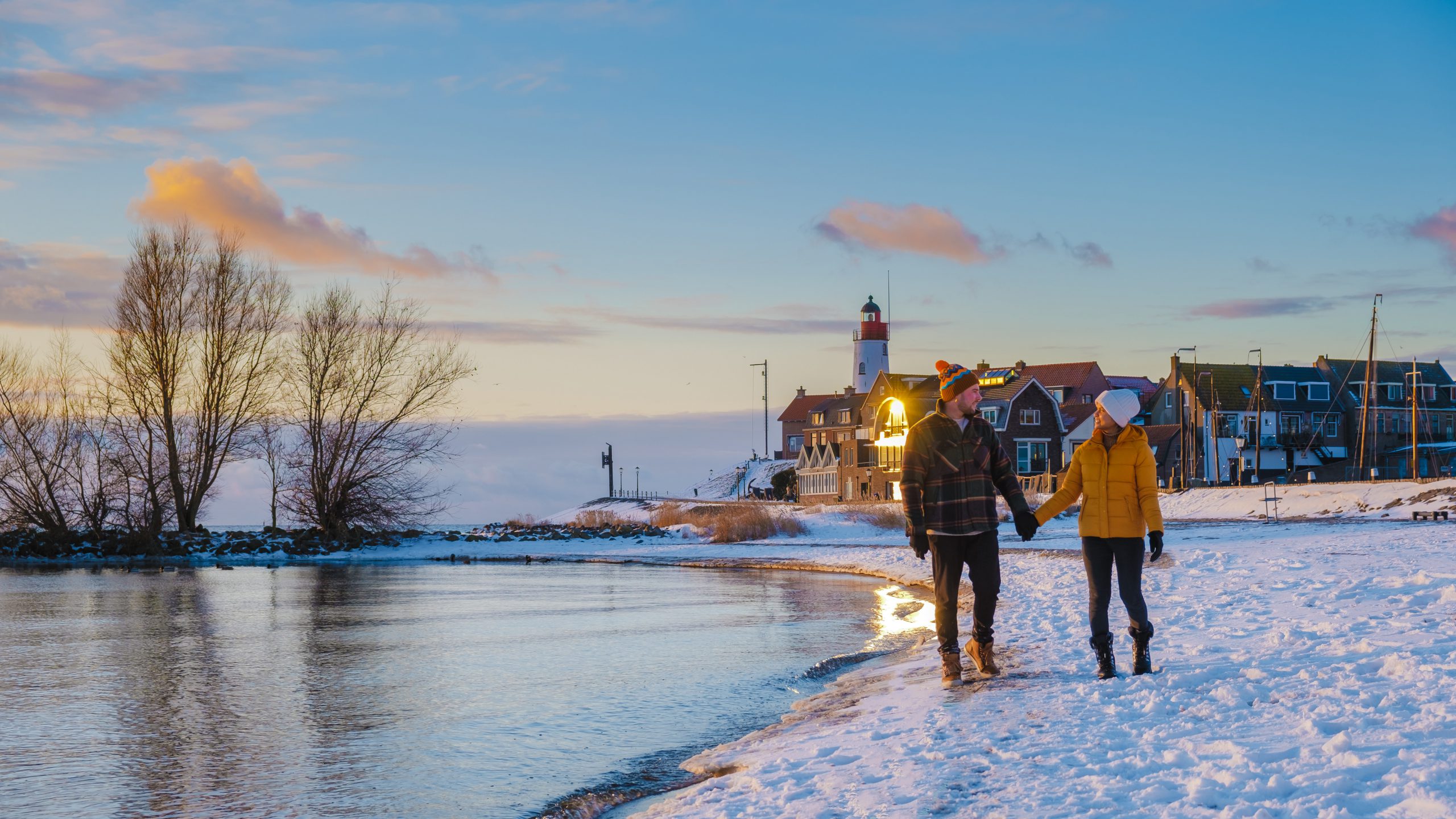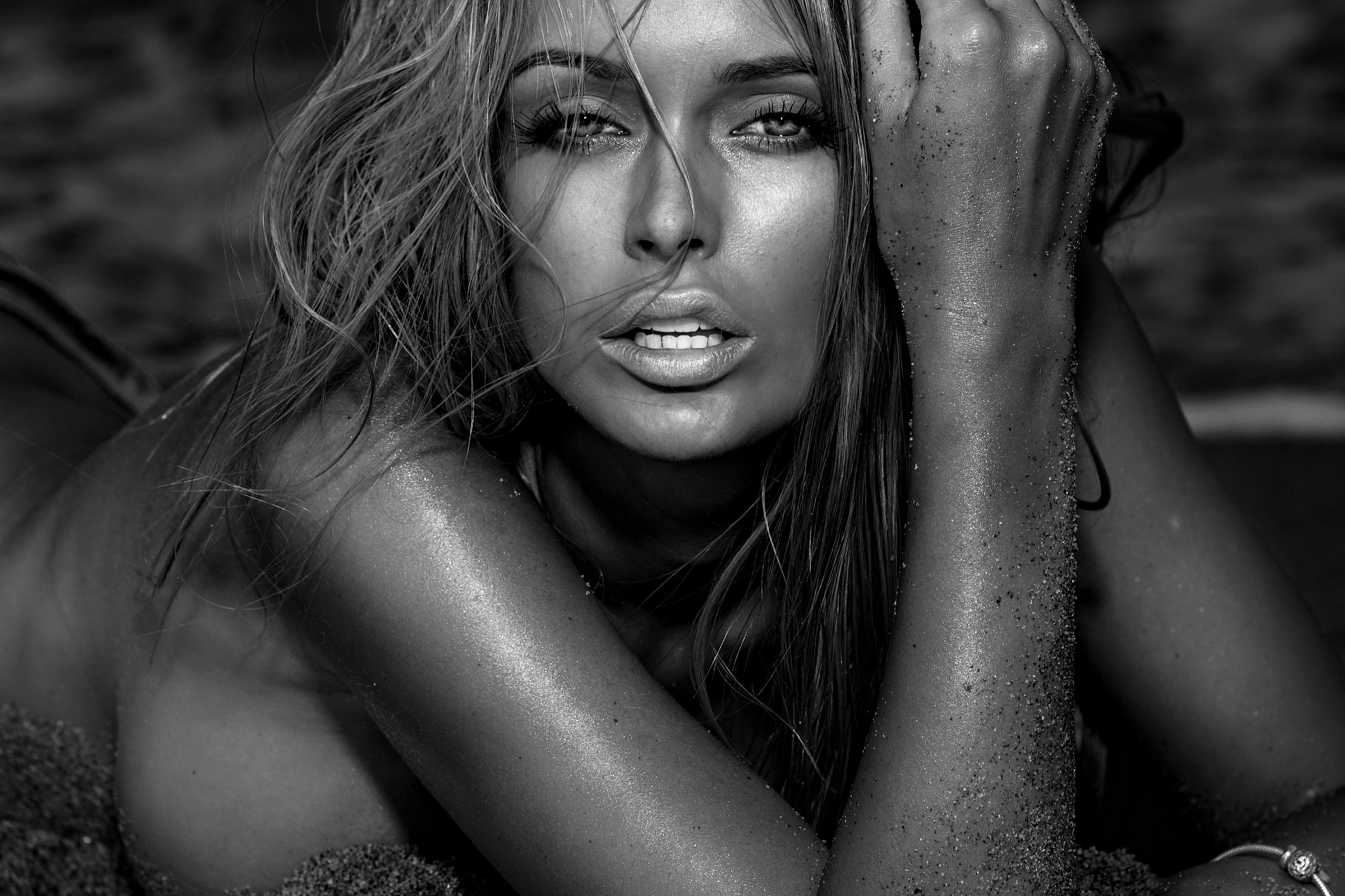
As a queer woman, Stewart Thorndike aims to make feminist films in the genre sphere. After receiving her MFA at NYU, her thesis short film, “Tess and Nana,” debuted at SXSW. She then began working on her first feature “Lyle,” the first of a planned thematic trilogy about the power of motherhood. A sort of queer re-working of “Rosemary’s Baby,” the film stars Gaby Hoffmann as a pregnant woman grieving the death of her youngest child in a suspicious accident that occurred just after she and her wife moved into a mysterious brownstone. Hoffman won the Grand Jury Award for Best Actress at Outfest for her emotionally intense performance.
In 2015, Thorndike, along with Jennifer Phang and Nikole Beckwith, became one of the inaugural recipients of the San Francisco Film Society’s Women Filmmaker Fellowships, which was launched to support female writer/directors working towards their second or third narrative feature. Eventually, this became “Bad Things,” which recently premiered at the Tribeca Film Festival.
The film stars Gayle Rankin as the restless Ruthie, who has just inherited an isolated, possibly haunted, hotel from her grandmother, putting her back in the orbit of her estranged mother. Although she wants to sell the place, her partner Cal (Hari Nef) is convinced they can run it as a boutique experience. Inspired by a badass TedTalk led by a powerful woman in red (Molly Ringwald), Cal’s convinced the hotel has “good bones” and convinces Ruthie they should spend the weekend there checking it out. Things go slightly awry at the snow hotel when their friend Maddie (Rad Pereira) brings along grifter Fran (Annabelle Dexter-Jones), who has a past connection with the couple. When tensions rise, bad things begin to happen.
Director Stewart Thorndike spoke to RogerEbert.com over Zoom about finding the perfect feminine yet eerie hotel setting, collaborating with her cast in crafting their characters, and the omnipresence of mothers.

I love the setting of this film. I always love a frigid setting. I think it’s such a unique way to bring tension because I hate being cold. When did you decide on this winter setting?
The weather was really dictated by where I could find the perfect hotel, and that was Ithaca. And snow is so cinematic and makes them feel isolated. And it really leaves a mark. When we were shooting, we were like, when is the snow going to come?! It’s not like you can wait for it on an independent film and lose those days. So the producers were just magicians and kept shuffling, hoping the snow would arrive. They changed our whole schedule, and it worked out. It was a miracle.
How did you know this specific location in Ithaca was the right location?
It was like a spell as soon as I stepped in. There was no denying it. For years I was searching for the right hotel. I would pull over every time I was in a car going somewhere. I’d be the annoying person, like, please, can we just stop at that one? And I would leave notes and talk to management all over the place, looking for the right one. Then during COVID, I saw this hotel, and I just pasted a note up, and I got a call a month later. I walked in, and she was willing to show it to me – it was shut down for COVID – and I walked inside, and I just knew that it was right because it wasn’t cobwebby and old-fashioned. Also, it wasn’t like a cookie-cutter, franchise, family-friendly, sterile place. It was just really unique. To me, it felt very feminine. There were ferns, and it was all mauve and brass. There were things left behind that were strange. It even had pink, like vagina-colored walls. The bed frames were all pink. It was just too perfect. Then that circular room. So it was really immediate once I walked in, and I knew we had to film there.
The color red comes in a lot in the bedspreads and the costuming. How much of that was how the place was, and how much of it was you bringing that contrast in?
I work with geniuses. Even though we were operating on a small budget, my producers, Lizzie Shapiro, and Lexi Tannenholtz, understood and allocated funds to make the hotel what we wanted and worked with the production designer Amy Williams to get everything we needed. And Amy is a miracle worker. She really responded to the stuff that was there. In fact, they had that ballroom that was crammed with stuff. So we could pick and choose what we wanted from there. But a lot of it was also pulled in, ordered, designed as well. So it was a mix. I remember just seeing her up on the third floor painting the red doorways. It didn’t take that long, but it seemed like forever. She was up there carefully painting. The red was added to really make it feel like you’ve arrived in the mother’s hall.

Molly Ringwald is in that red fitted suit that stands out so beautifully in the TED Talk. Did you custom-make that? It’s really feminine but severe at the same time. It’s an amazing costume.
Nell Simon, artist, storyteller, costume designer extraordinaire, and I – and the cast – really collaborated on the looks. Molly really helped with that, too. We always knew it would be all red. We had lots of stuff. Molly had wonderful ideas. With the red tights, we talked about whether they should be sheer or should they be opaque.
It’s a really evocative costuming, especially in contrast to sort of the more loose outfits the core four are wearing. They’re very clearly having a slumber party. Hari Nef wears a Hole sweatshirt at one point, which I thought was a nice touch.
That was Hari’s own shirt. We didn’t know if we could get the rights to put that in the film. And Hari was like, “Don’t worry, Courtney’s on speed dial.” It’s wonderful having a cast with so much style. I didn’t really understand because I cast them for their talent, but they all have so much style and were really great collaborators in helping build the characters. All of them. Every person in the film has crazy, wonderful style.
This is like a chamber piece with the core four, and then you have a handful of other characters that come in and disturb it. How did you go about building your cast?
We started with Ruthie. We knew that we needed this somebody that you would be scared of and in love with and that you would be rooting for them even if they terrified you. So who can do that? You know, not too many actors can do that. And Gayle Rankin is just a powerhouse and a dream. Then once we had Ruthie, we needed major talent to work with her, and they all needed to feel very different. So we started with Ruthie, and then with Cal, the question was who is everybody going to be in love with, and their charm is so strong that you don’t really clock the passive aggression? Or realizes that she’s really pulling the strings on everything? Hari was perfect.
Then Maddie is this comedic presence who’s always a little bit of a beat behind, but not because they’re dumb, just because they are too nice; they’re actually healthy. And Rad Pereira is someone who you can really feel their heartbreak and relate to and can play with so many different feelings. Fran needed to be this wild card who actually is sort of the angel of the movie and the person who has come to terms with their vulnerabilities and can see the truth of the situation but needs to feel like they are the outsider and they’re unhinged, they are someone not to be trusted. Someone who can play comedy and drama and be inappropriate but not zany or crazy. So who can do that? Annabelle Dexter-Jones has this magic quality. I thought that Fran was going to be kooky and walk in and be dropping things and just be a mess. They’d all be eye-rolling about having her there. But when Annabelle does it, it’s sophisticated, and somehow she makes sophisticated scary.
It was so exciting to find all of them, because they’re also different.

I read a few reviews that questioned why all four women would all still hang out together, but to me, it felt very real for queer women who have dated to all still be friends like that. How did you craft that intimacy? Was there a lot of rehearsals or improv to create that sort of energy?
Well, it’s two things. One, as a queer woman I just write what is my world, so I don’t think too much about it. And when I read that, I’m like, I have heard people say, “Oh, you’d never go with your ex.” I’m like, what are you talking about? So I think that’s ridiculous. It’s also funny because Hari, we would talk a lot on-site about the idea of the utopian chosen family or living outside how you’re supposed to live and having to recreate your own family and how beautiful that is, but also how the utopia is never going to be real. That’s a fantasy. That’s a fairy tale. So there’s always going to be complications with people and messiness in that. So that was something that was really interesting for me and Hari.
In terms of chemistry, I wanted Hari and Gayle to do a game, but then they were sick. But they were going to go out as girlfriends in New York City before we shot, and I was going to make them do embarrassing things like they were going to get in a fight in the drug store about money. Little things like that, and then have them pretend they were tourists and make people take their picture. Just because I thought it would be really bonding to do something embarrassing like that. But then it didn’t work out. But I did have them watch the beginning of “Alien” to understand that feeling of being in a setting together. Do you remember the beginning?
Yeah, that camaraderie the team has.
And the naturalness and that not everything needs to be dramatic. So in our film, they’re sharing shirts and everybody’s kind of switching clothes. That’s by design. While they’re staying in the same hotel, they would watch “RuPaul’s Drag Race,” and they would do things together. They had their own thing, all of them going on, but I wanted them to figure out secrets about each other. Like how they like their toast. Small things like that.
Going back to the hotel settling, I think it’s interesting how such liminal spaces bring out that isolating feeling. Like you mentioned, it’s not an ornate setting with rich walnut interiors or anything. It’s just those creepy hallways, the creepy breakfast nook. I always find breakfast rooms in hotels creepy just in general. And so I felt very saddened by that scene because they are creepy. Could you talk a bit about how you used liminal spaces?
Well, I know this is why I think it’s important for queer people and marginalized people or non-mainstream people to be making art, to be making films, and to be telling their stories. It’s because maybe the horror is in the breakfast room. Maybe you’re supposed to be having fun in this hotel because this is what a family is supposed to be, together eating Cheerios. But it was always those things that gave me terror. Instead of a cobwebby gothic horror, it was more like a Getty image of a happy family that would freak me out. I’ll feel dread and depression instantly. So it was about capturing that, I think.
I definitely often don’t like movies that have a really perfect nuclear family. I’m always like, what? I can’t relate.
Yeah, they made me uncomfortable as a kid. And also, other things made me uncomfortable. Maybe I’m comfortable, like, chase scenes and stuff. So I kind of skipped through those things.
How did you visualize the idea of the inheritance that Ruthie gets? Not just the hotel, but her rage, and maybe inheriting this world as a woman?
I think that’s a really interesting question. It’s like epigenetics. Can we get rid of this? Past wrongs, the inheritance of our parents? I guess the theme of the film, the matricide theme, is really about the power of motherhood. I’m not just saying mothers are intense. I’m saying it’s something bigger than that. Epic. Everybody has a mom; as you know, there was at least one day when you were in the room together, even if you never saw her again, but that first day she was there. That’s the first relationship. So I think that it’s less about the inheritance of that relationship, although I like that word. Perhaps it’s also just about how you can’t get away from it. It’s omnipresent. It’s just always there. That’s how I picture the world. So part of making movies you know, is trying to make everybody look through your perverted eyes.
“Bad Things” will be available on Shudder on August 18th.




